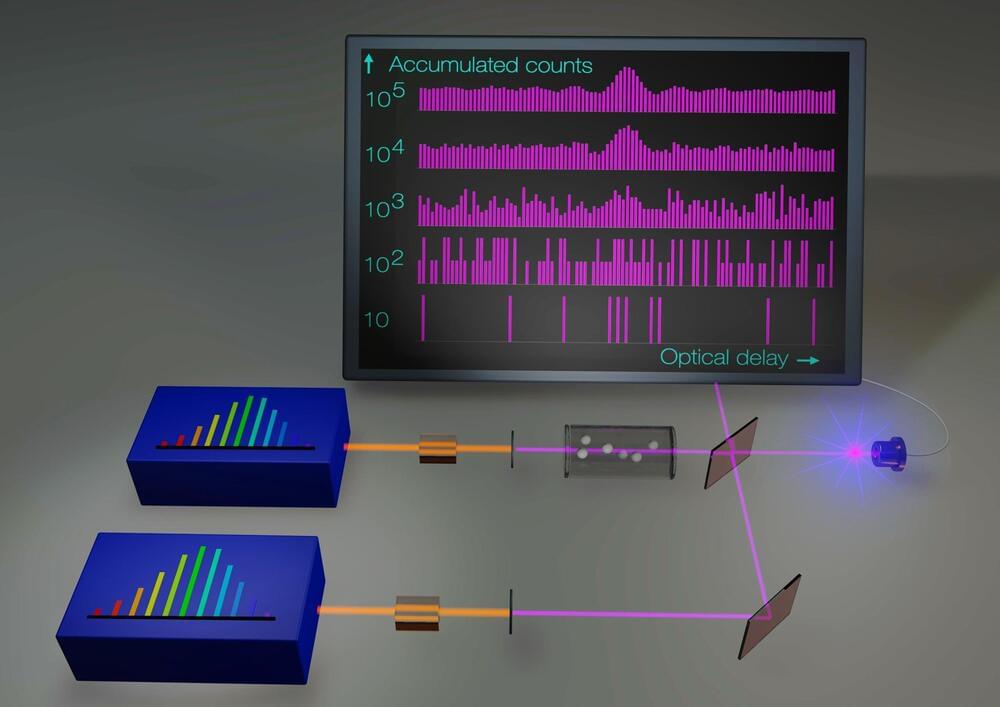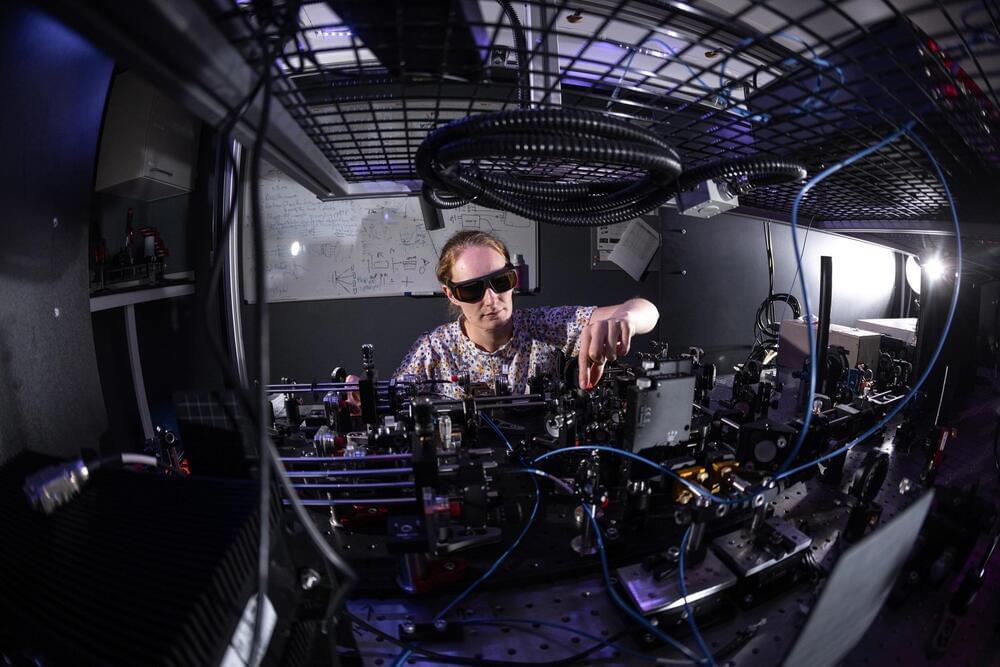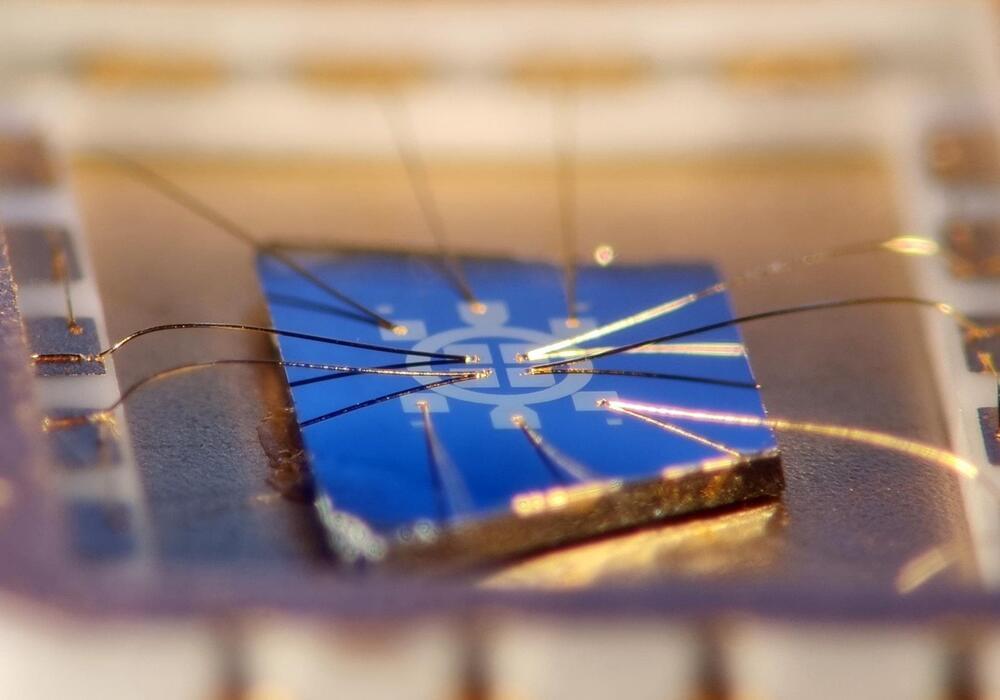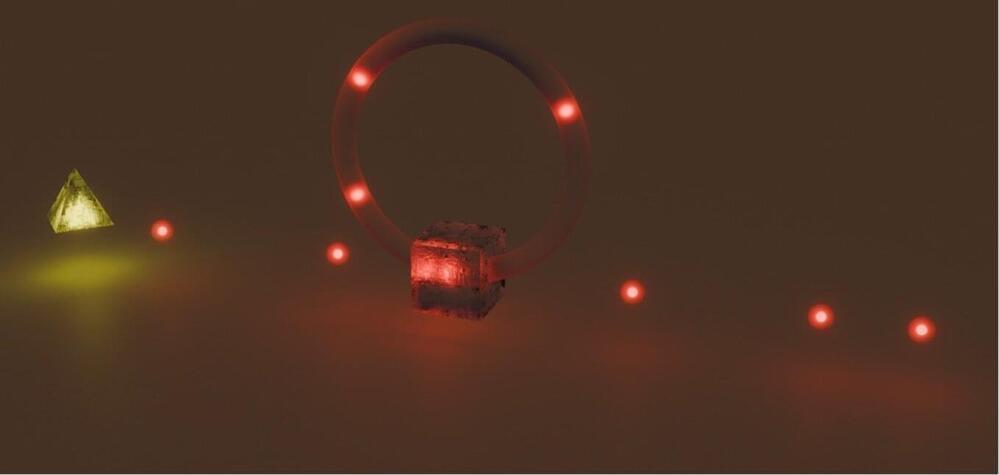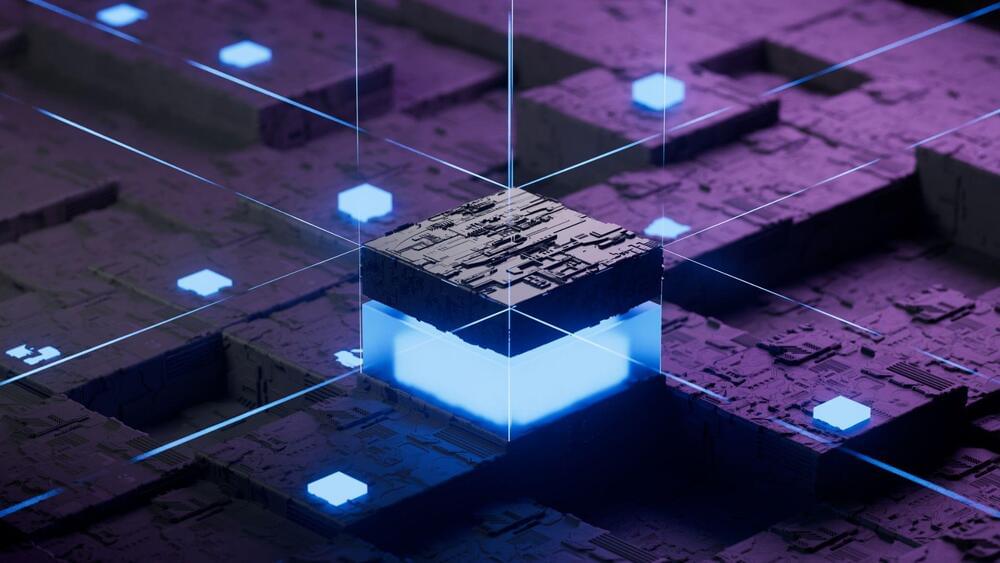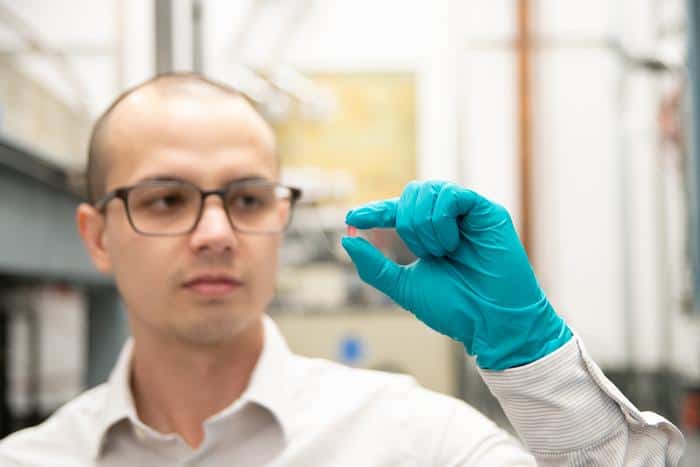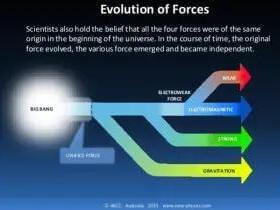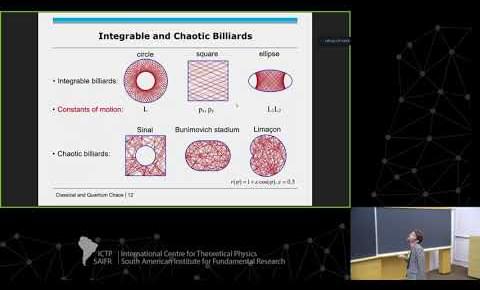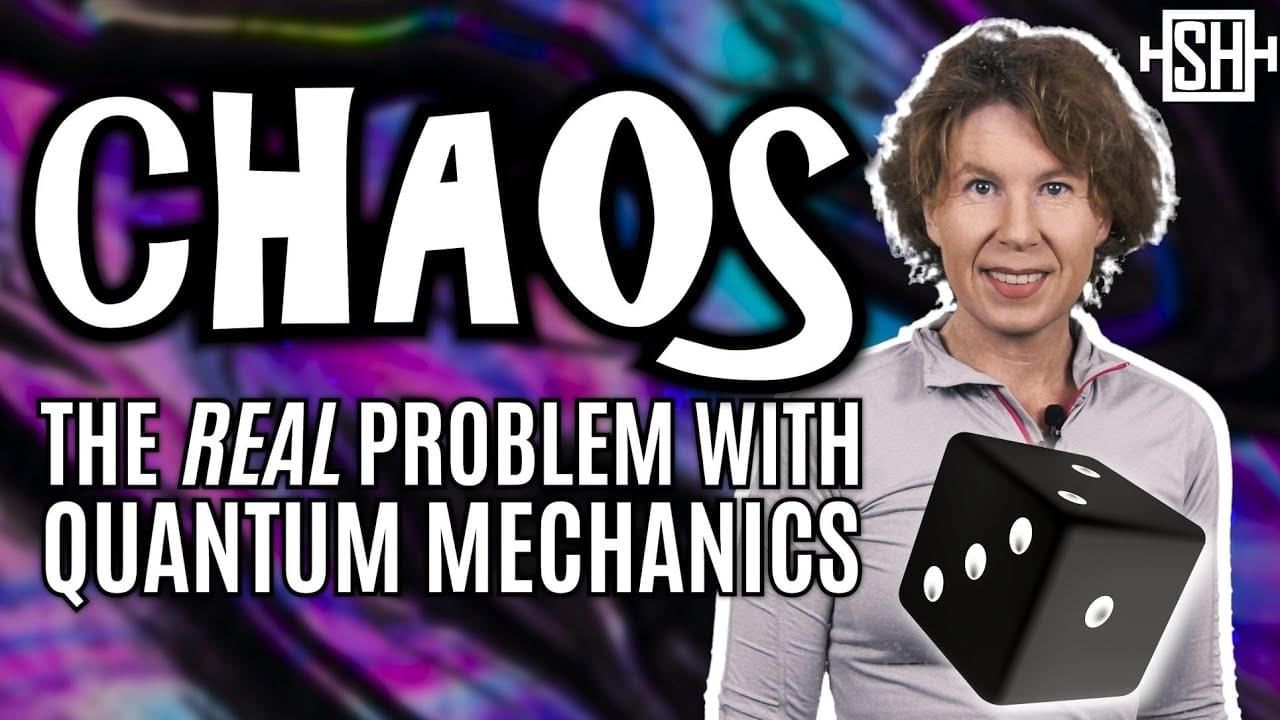Apr 21, 2024
Precision Spectroscopy Now Possible Under Starved-Light Conditions
Posted by Saúl Morales Rodriguéz in categories: chemistry, particle physics, quantum physics
In a study recently published in Nature, researchers from the Max Born Institute in Berlin, Germany, and the Max-Planck Institute of Quantum Optics in Garching have unveiled a new technique for deciphering the properties of matter with light, that can simultaneously detect and precisely quantify many substances with a high chemical selectivity.
Their technique interrogates the atoms and molecules in the ultraviolet spectral region at very feeble light levels. Using two optical frequency combs and a photon counter, the experiments open up exciting prospects for conducting dual-comb spectroscopy in low-light conditions and they pave the way for novel applications of photon-level diagnostics, such as precision spectroscopy of single atoms or molecules for fundamental tests of physics and ultraviolet photochemistry in the Earth’s atmosphere or from space telescopes.
